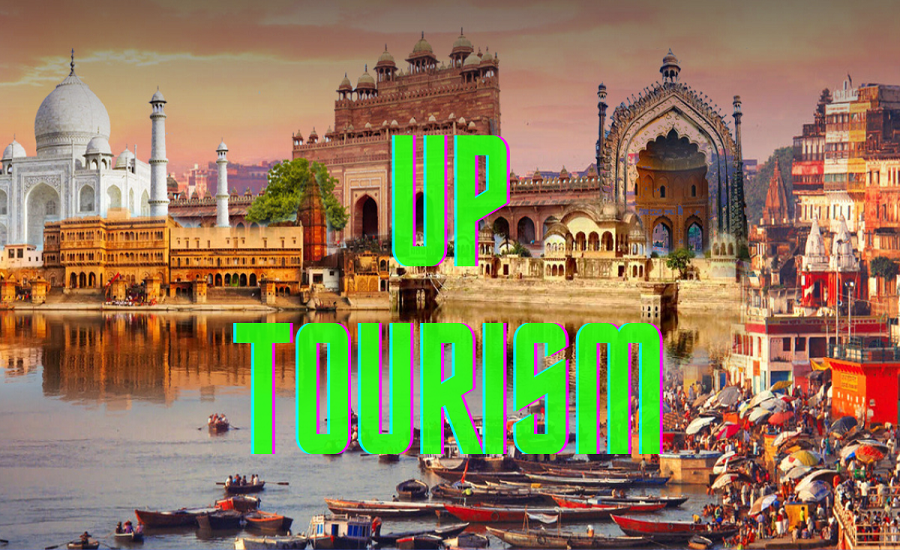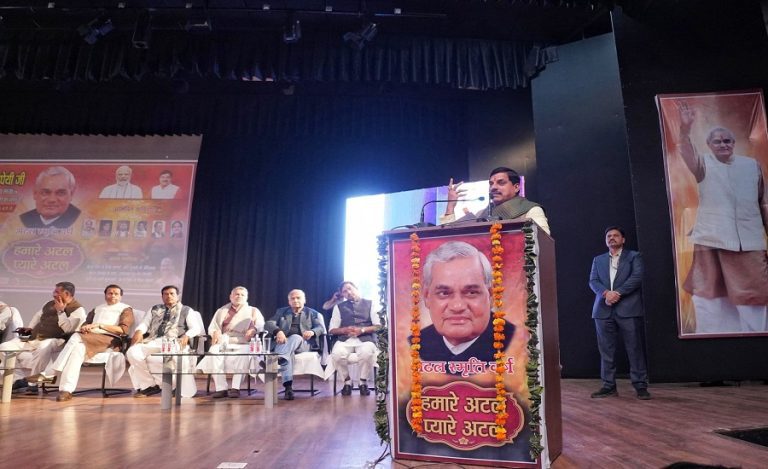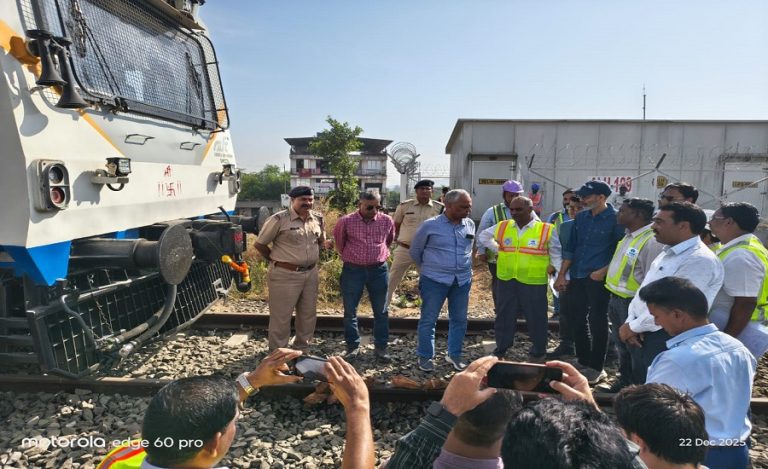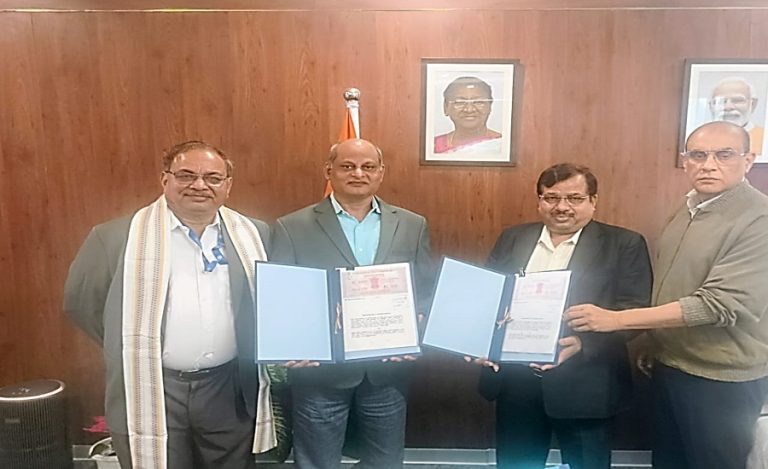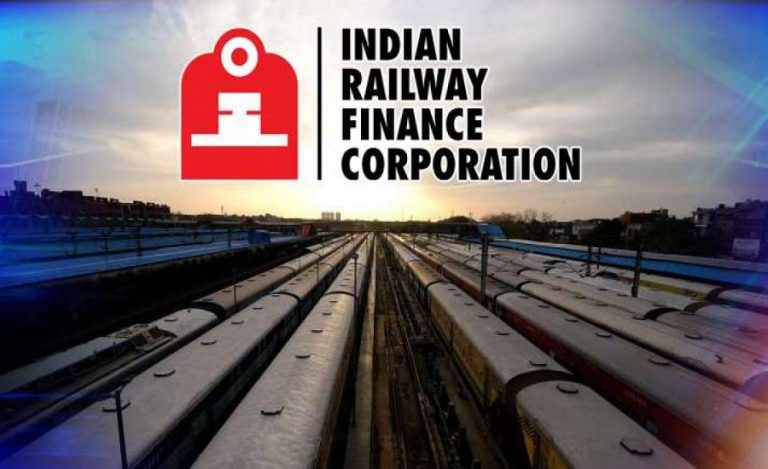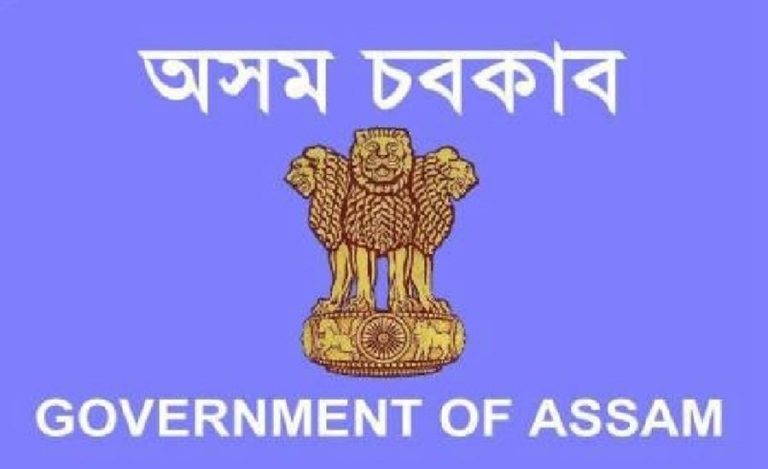Sambhal: Uttar Pradesh Tourism and Culture Minister Jaiveer Singh on Friday announced significant plans to enhance the tourism potential of Sambhal’s iconic Manokamana Temple, marking a key step in the state’s broader initiative to boost cultural tourism. The development project for the temple, valued at ₹171 lakh, is set to transform the religious site into a prominent attraction on the state’s tourism map.
Development Project Underway: A Boost for Local Tourism
The Uttar Pradesh State Tourism Development Corporation (UPSTDC) will spearhead the renovation and enhancement of the Manokamana Temple under the Sambhal District’s Ancient Shrines and Wells Conservation Campaign. Minister Singh emphasized the district’s rich historical and mythological significance, noting that the state government is committed to preserving and promoting the region’s heritage.
“Through this initiative, we aim to offer better facilities to devotees and tourists, enhancing the overall experience of visiting the temple while preserving its cultural value,” Singh said.
The development will focus on upgrading tourism infrastructure around the 141-year-old temple, which stands in Ganeshpur village, and is known for its historical significance and spiritual importance. The temple complex houses a revered ancient kund (water tank), surrounded by smaller shrines dedicated to prominent deities such as Lord Hanuman, Lord Ram, and Goddess Janaki.
A Place of Historical and Mythological Significance
Manokamana Mandir, constructed in 1884, holds a deep mythological connection for the locals. According to local belief, it is prophesied that the 10th incarnation of Lord Vishnu, Kalki, will appear in Sambhal in the future. The temple has long been a focal point for both religious devotion and mythological significance in the region.
The temple is also home to an annual bhandara (community feast) that attracts devotees from across the district. The bhandara, held in memory of Saint Baba Ram Mani, witnesses a large turnout of locals and tourists, making it a significant cultural event in the region.
Contribution to Local Economy and Religious Tourism
The temple is located on 20 bighas of land, with a rich history that includes a 150-year-old donation of 100 bighas by a local landowner. These historical landmarks have contributed to Sambhal’s growing reputation as a tourist destination, and the state government’s efforts are aimed at tapping into this potential to benefit the local economy.
Minister Singh highlighted the rising number of tourists visiting the district, noting that in 2024 alone, Sambhal attracted over 43.5 lakh visitors. Early reports indicate that the first three months of 2025 have already seen over 13 lakh tourists flock to the district, further underlining the region’s growing popularity as a tourist hub.
Preserving Cultural Heritage
The initiative to revamp Manokamana Temple is part of the Uttar Pradesh government’s broader focus on cultural preservation and tourism development across the state. Singh confirmed that several other ancient temples, wells, and shrines in the region are also being targeted for conservation, with the aim to create a sustainable tourism ecosystem that respects local traditions while offering modern amenities.
The temple’s development project will not only attract more visitors but also encourage a better understanding of the district’s rich cultural legacy, thereby positioning Sambhal as a vital piece of Uttar Pradesh’s tourism landscape.
A Bright Future for Sambhal’s Tourism
In conclusion, the Manokamana Temple’s makeover into a major tourist destination is expected to bring a significant boost to Sambhal’s economy, increasing tourism revenue, and creating jobs. With the state government’s vision of promoting religious and cultural tourism, Sambhal is poised to become a key stop for devotees and travelers alike in Uttar Pradesh.

